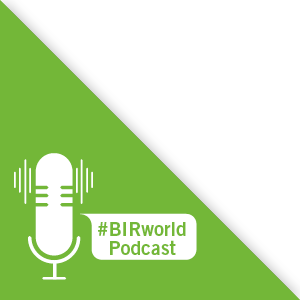After around five years on the drawing board, the government has finally announced the basic guidelines for its vehicle scrappage policy. Adopting a carrot-and-stick approach, the programme entails a 5% discount on new purchases from car makers. Also, regulators will enforce a compulsory fitness test of older vehicles and levy a green tax, as well as substantially increase costs of registration renewals. Given the incentives for fresh purchases, vehicle owners are likely to be tempted to scrap their old, polluting vehicles and to opt for new ones. Those with vehicles failing the fitness test would have no choice as these would be categorized as “end of life” and will be sent for scrapping.
While the programme is being launched in phases, it will see the turnover of India’s automotive industry increased by 1.5 times when fully implemented. Besides helping curb pollution, it will result in higher tax collections for states, in increased domestic supplies of processed scrap for foundries and eventually in reduced costs of auto components. All in all, it is a watershed moment for the Indian automotive industry.
As regards the broader economy, India’s financial year ends on March 31. Near-term prospects have become more favourable following a stronger-than-expected December quarter in which GDP grew by 0.4% over the year following a 7.5% contraction in the September quarter. Domestic and external demand has been on the mend since the easing of COVID restrictions, which has led to improved manufacturing output in recent months. For the current year, the Indian economy is officially projected to contract by approximately 7% - its worst showing in more than four decades - but is likely to achieve growth of 11-12% in the following year, the highest among G20 countries.
Vaccinations hold the key to sustaining the domestic recovery. Total vaccinations crossed the 35 million mark on March 16. However, the various logistical constraints and the sheer scale of implementation could negatively impact the pace of inoculations in the months ahead and eventually the time taken to achieve herd immunity which, experts forecast, is unlikely before the end of 2022. This may impact the economic recovery over the coming quarters.
As for the physical scrap trade, it has been a low-volume period both domestically as well as for imports. The resurgence in demand within the EU and the USA has reduced scrap export volumes. Also, items such as Zorba and mixed heavies have been attracting higher financial returns from other Asian destinations, creating supply gaps in India.
Simultaneously, the disappearance of Japanese customers has slowed export activity for die-casting grade aluminium ingots. While there have been sporadic sales to China, the high scrap prices have not been leaving adequate profits for smelters. Demand for brass ingots/billets has been stable domestically, as well as from export markets. But LME volatility is creating inconsistency in the delta between scrap and ingots, which poses a challenge for producers here.
The coming four to six weeks are expected to bring very much baseline activity levels in India.

Dhawal Shah
Metco Marketing (IND) PVT Ltd, Senior Vice-President of the BIR Non-Ferrous Metals Division
Country
 India
India
